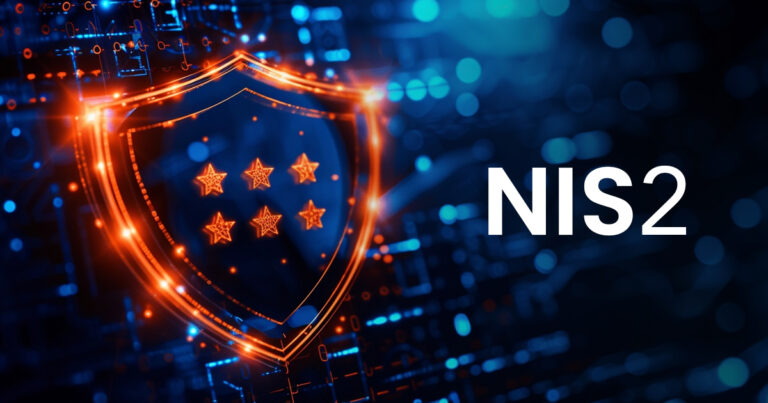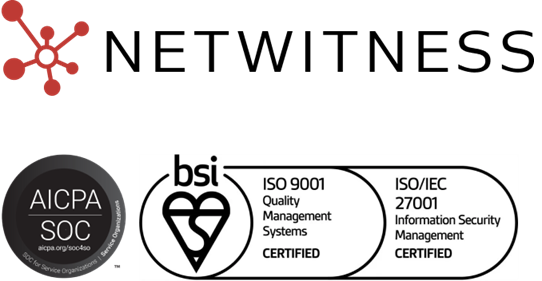What Is Log Access?
Log access refers to the process of retrieving, monitoring, and analyzing log files generated by systems, applications, and network devices. These logs, ranging from access logs and activity logs to error logs, are critical for maintaining system security, diagnosing operational issues, and ensuring compliance with industry standards.
Log access involves reviewing and interpreting logs to gain insights into system activity and user behavior. Logs are created automatically by applications, operating systems, servers, and network devices. They may include information such as:
- User login and logout attempts.
- File access and modification.
- System errors or warnings.
- Network events and traffic patterns.
By accessing these logs, administrators can monitor for suspicious activity, troubleshoot errors, and verify that security controls are functioning correctly. Log access is a cornerstone of proactive cybersecurity and operational monitoring.
Synonyms
- Log Access Management
- Audit Trails
- Event Logs
- Incident Reports
Why Log Access Matters
Proper log access is essential for multiple reasons:
- Security Monitoring: Logs reveal unauthorized access attempts, malware activity, and insider threats. Timely log access helps detect and respond to breaches before they escalate.
- Troubleshooting and Diagnostics: Error logs highlight system failures, misconfigurations, or performance bottlenecks. Accessing these logs enables IT teams to resolve issues efficiently.
- Regulatory Compliance: Regulations such as GDPR, HIPAA, and PCI-DSS require organizations to maintain detailed logs and demonstrate regular monitoring.
- Operational Insights: Logs help optimize workflows, understand system usage, and identify inefficiencies.
Monitoring access logs in real time can alert an IT team to multiple failed login attempts, signaling a potential brute-force attack.
How Log Access Works
Log access typically follows a structured process:
- Log Generation: Systems automatically generate logs for defined events, such as user authentication, file changes, or network connections.
- Log Storage: Logs are stored locally or in centralized repositories. Centralized log storage simplifies monitoring, analysis, and compliance reporting.
- Log Retrieval: Tools and interfaces like SIEMs, dashboards, or command-line utilities, allow administrators to access logs.
- Log Analysis: Reviewing logs helps identify patterns, anomalies, and incidents that require attention.
- Log Management: Policies for log retention, archival, and access control ensure logs remain available and secure.
Modern platforms also integrate log access monitoring, enabling automated alerts and analytics to detect threats and performance issues.
Best Practices for Log Access Management
To ensure log access security and effective monitoring:
- Role-Based Access Control (RBAC): Limit access to sensitive logs based on job responsibilities.
- Centralized Logging: Aggregate logs from multiple systems for easier monitoring and correlation.
- Regular Reviews: Schedule routine log audits to detect irregularities early.
- Automated Analysis: Deploy tools that flag anomalies or predefined conditions automatically.
- Secure Transmission: Encrypt logs during transfer to prevent interception or tampering.
- Retention Policies: Define how long logs are stored and when they are securely deleted.
Following these practices strengthens overall security posture and ensures compliance with industry standards.
Related Terms & Synonyms
- Access Logs – Records of requests to servers or applications.
- Activity Logs – Tracks user and system actions.
- Event Log Access – Viewing and managing event-specific logs.
- Error Logs – Document system or application errors for troubleshooting.
- Log Management – Collection, storage, and analysis of logs.
- Log Access Configuration & Monitoring – Policies and tools for secure log access.
NetWitness provides comprehensive log access management, enabling organizations to monitor, analyze, and respond to security incidents in real-time. With integration across servers, applications, and network devices, NetWitness ensures robust log access security and proactive threat detection.
People Also Ask
1. What is an access log?
An access log records all requests made to a system or application, including user identity, resource accessed, and timestamps. These logs are key for monitoring and security auditing.
2. How to access router logs?
Router logs can be accessed through the device’s web interface, command-line interface, or via centralized logging systems, depending on the model and configuration.



